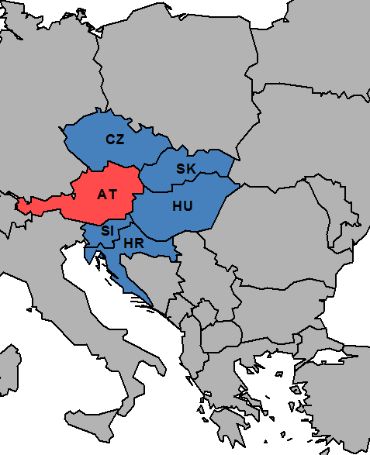Previous surveys of the OeNB in CESEE
The predecessor: the foreign currency survey 1997–2007

In preparing the euro banknote launch, the OeNB commissioned semiannual surveys on the use of foreign currencies in five countries close to Austria, i.e. Croatia, the Czech Republic, Hungary, Slovakia and Slovenia, between 1997 and 2007. The underlying goal was to
- assess the amount of Deutsche mark, Austrian schillings and U.S. dollars in circulation in these countries, and to
- establish a realistic forecast for the demand for euro banknotes in these countries.
One particularly interesting question was whether households and businesses in Austria’s sometimes strongly dollarized neighboring countries would exchange their Deutsche mark and Austrian schilling cash hoards for euro, U.S. dollars or local currencies, or place them in bank accounts.
With the introduction of the OeNB Euro Survey in autumn 2007, the OeNB broadened the geographic and thematic scope of the survey to better understand the different aspects of euroization in the region. In terms of geographic scope, the following countries were added to the survey: Albania, Bosnia and Herzegovina, Bulgaria, North Macedonia, Poland, Romania and Serbia. Slovenia and Slovakia have not been part of the survey since the introduction of the euro in 2007 and 2009, respectively. For the same reason the last survey was conducted in 2023 in Croatia. Montenegro and Kosovo are not included in the survey as they unilaterally introduced the euro as legal tender.
